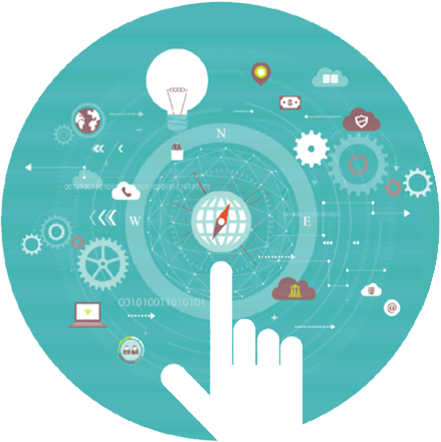“Our focus is to make healthcare measurements mobile or even wearable to help diagnose a wide range of illnesses.”
—IBM scientist Bruno Michel
Most wearable sensors are adaptations of sensors used in automotive or mobile devices.
However, with new properties such as flexibility and washability, further sensor developments will be needed.
Chemical sensors may make up the largest share of this new market.
Other sensors could be stretch and pressure sensors for motion detection and healthcare monitoring.
Making sense of sensing
Current wearable systems are focused on vertical integration of one or a few related parameters to be sensed and made available via a cloud application. Our focus is to integrate several disparate sensing principles and cross-correlate this knowledge so we can “make sense of sensing”. This requires a flexible data acquisition and integration platform in addition to good data analytics and cognitive functionality.
Shortfalls of today’s sensors that are currently inhibiting a widespread adoption of wearables are their limited functionality, low level of comfort and body conformability, short battery life, limited connectivity, lacking interoperability, concern about data security and high production costs.
Research and development efforts should bring next-generation wearables to consumers and professional users. In particular, multidisciplinary research and development in enabling technologies (sensors, materials, energy storage and management, smart system integration) is needed.
A related effort is the tight integration of sensing, computing, communication power supply/harvesting, and actuation in wearables.
Electrochemical sensing
A range of important biometric and environmental sensing applications involve the electrochemical detection of dilute analytes in solution.
Our research efforts involve the miniaturization of electrochemical detection schemes and their integration in mobile and wearable chips. As part of this effort, reliable protocols for the continuous detection and quantification of analytes at mmol/L concentrations are being developed.
Established sensing principles used in current medical applications and wearables make use of thermal sensing (RTD, thermos-coupling and thermo-elements), electrical sensing for ECG, optical sensing for pulse and oxygen saturation, and pressure sensing for non-invasive blood pressure measurements.
The data acquired using these methods are straightforward and can be used with little further processing.
Sensing of HRV and EEG
Other sensing principles provide less straightforward results that depend on more boundary conditions and cannot be directly read from a display or a graph.
Such sensing principles need more machine learning or even machine intelligence. Examples are heart rhythm variability (HRV) and electroencephalography (EEG).

Sensing of volatile organic chemicals (VOCs) in exhaled breath
A third sensing principle is the measurement of volatile organic chemicals in exhaled breath. This is currently accomplished using stationary gas chromatography and mass spectrometry.
Our focus is to make these measurements mobile or even wearable and to use cognitive functionalities and machine learning to make the complex results capable of diagnosing a wide range of illnesses.
